Geumganggul Cave (금강굴)
11.6Km 2019-11-27
1091, Seoraksan-ro, Sokcho-si, Gangwon-do
+82-33-801-0900
Hollowed into the rocks of Seoraksan Mountain, about 600 meters above sea level, you will find Geumganggul Cave. This 23 square meters cave was once used as a place of worship, and contains a stone sitting Buddha and some earthenware. The route up the cave is quite steep, and visitors must walk across a few bridges and up concrete stairways. However, you will be rewarded with a captivating view of Cheonbuldong Valley.
The hiking trail from Seorakdong to Geumganggul Cave, which also passes by Biseondae, is 3.6 kilometers long and takes about 1 hour and 40 minutes.
Biseondae Rock (비선대)
11.6Km 2021-04-09
1091, Seoraksan-ro, Sokcho-si, Gangwon-do
+82-33-801-0900
Biseondae Rock is a large rock located in the Cheonbuldong Valley of Seoraksan Mountain. The rock blended with a giant surrounding rocky wall creates a mysterious atmosphere. When it rains, water flows down through the rock and forms a small waterfall. The stream of water winding around the rock is considered the magnificent view, which is similar to that of the Manpokdong Valley in Geumgangsan Mountain. When the season changes, its landscape boasts different scenery: full-blown flowers in spring, green and refreshing trees in summer, colorful autumnal leaves in autumn, and white snowy view in winter. Due to such a mysterious landscape, Biseondae Rock bears a legend in which Taoist hermit called Magoseon enjoyed scenery of this place and ascended to heaven. The name of Biseondae, meaning the rock (dae) where a Taoist hermit (seon) flew up (bi) to the sky, originates from this legend.
Seoraksan Cable Car (설악산 케이블카)
11.7Km 2024-04-08
1085 Seoraksan-ro, Sokcho-si, Gangwon-do
A ride on the Seoraksan Cable Car is the best way to enjoy the unexplored regions of Seoraksan Mountain. The cable car station is located in Seoraksan National Park, and it takes about 10 minutes to reach Gwongeumseong Fortress, which is 700 meters above sea level. Since one-way tickets are not available, passengers must purchase a round-trip ticket. From the cable car window, passengers can see famous attractions like Ulsanbawi Peak and Manmulsang Rocks. From Gwongeumseong Fortress, passengers can take in a panoramic view of Seoraksan Mountain. Seoraksan Mountain, seen from the top of Gwongeumseong Fortress, is majestic and mysterious with unique rock formations. Upon reaching the top of the mountain, the entire scenery of Outer Seorak unfolds before one's eyes. Visitors will be amazed by the Allak Hermitage from the Silla dynasty and the Muhagsong Pine Tree, which has survived for hundreds of years just below Gwongeumseong Fortress. There are many tourists on weekends, public holidays, and fall foliage season, so visitors are advised to plan ahead.
Bongjeongam Hermitage (Inje) (봉정암(인제))
12.1Km 2024-02-28
1700 Baekdam-ro, Buk-myeon, Inje-gun, Gangwon-do
Bongjeongam Hermitage, situated at the highest point of Seoraksan Mountain, stands at 1,244 meters above sea level. Due to its elevation, one can witness snow-covered landscapes well into late May. The temple is 10.6 kilometers from the entrance of Baekdamsa Temple and requires 4-5 hours of steep climbing to reach. The view from Bongjeongam Hermitage is breathtaking, but the view of Seoraksan Mountain from the Shrine of Sakyamuni Buddha's Sarira is equally unmissable.
I'Park Condominium (아이파크콘도)
12.1Km 2021-04-29
75-16, Goseong-daero, Goseong-gun, Gangwon-do
+82-33-635-9300
I'Park Condominium aims to make each guest’s stay a wonderful experience.
Seoraksan National Park (Outer Seorak) (설악산 국립공원 (외설악))
12.2Km 2024-04-08
1 Daecheongbong-gil, Yangyang-gun, Gangwon-do
+82-33-801-0900
Seoraksan Mountain is renowed for its natural splendors and breathtaking views. It holds the distinction of being Korea's first UNESCO Biosphere Reserve and is also listed on the IUCN Green List. The mountain is divided into Inner Seorak, South Seorak, and Outer Seorak, which includes Daecheongbong peak (1,708 meters above sea level), ranking as the third highest peak in Korea. The area is celebrated for its popular hiking trails, with the sunrise and sunset views from the top being particularly spectacular.
Seoraksan Gwongeumseong Fortress (설악산 권금성)
12.4Km 2024-02-28
1091 Seoraksan-ro, Sokcho-si, Gangwon-do
+82-33-636-7700
Gwongeumseong Fortress is a stone castle from the Goryeo dynasty and is located 800 meters above sea level in Seoraksan National Park. From a distance, Gwongeumseong Fortress looks like a rising peak, while up close, the expansive stone floor and remnants of castle walls become visible. Visitors can access the fortress via hiking trails or by taking a cable car. From the fortress, visitors can enjoy the majestic view of Seoraksan Mountain and the blue waters of the East Sea.
Kensington Hotel Seorak (켄싱턴호텔 설악)
12.6Km 2021-03-03
998, Seoraksan-ro, Sokcho-si, Gangwon-do
+82-33-635-4001
Kensington Hotel Seorak is located a 5-minute's drive from Seoraksan National Park and 25-minute's drive away from Sokcho's major tourist destinations such as Cheongchoho Lake, Sokcho Beach, and Daepohang Port. Within the hotel, visitors can freely use the business center and receive currency exchange and laundry service through the front desk. The hotel is equipped with 108 rooms; some of the rooms offer a gorgeous view of Seoraksan Mountain.
Yukdampokpo Falls (육담폭포)
13.0Km 2021-07-14
Seoraksan-ro, Sokcho-si, Gangwon-do
+82-33-801-0900
If you begin at Seorak-dong in Oeseorak, cross the Biryonggyo Bridge and pass by the Biryongpokpo Falls, you will reach Yukdampokpo Falls, which actually consist of six waterfalls and a pond.
Despite the fact that only a small amount of water actually flows in these waterfalls today, what is interesting, is how they came into existence: a slow-flowing stream of water eroded the rocks, creating dips and puddles at various levels, which later became a series of cascading waterfalls. The splendid scenery around the waterfalls is always a pleasing sight to the eyes of visitors.
Teddy Bear Farm (테디베어팜)
13.0Km 2021-04-05
16, Haksapyeong 2-gil, Sokcho-si, Gangwon-do
+82-33-636-3680
The Teddy Bear Farm introduces the history and origin of teddy bears and displays bear dolls with diverse themes as well as teddy bear works created by world-wide designers. The bear’s name “Teddy,” which is very popular among people of all ages, originates from the nickname of U.S. president Franklin Roosevelt. The Teddy Bear Farm introduces the birth story of teddy bear associated with President Roosevelt, and shows various styles of teddy bear dolls, in particular, miniature versions of teddy bears from the world’s fairy tales, teddy bear in hanbok (traditional Korean clothes), teddy bear at a camping site, teddy bear enjoying a Christmas party, and so on. It also displays Korea’s seasonal customs as well as a variety of teddy bears’ stories. The photo zones in places and the outdoor Teddy Garden invite many visitors with its interesting attractions.
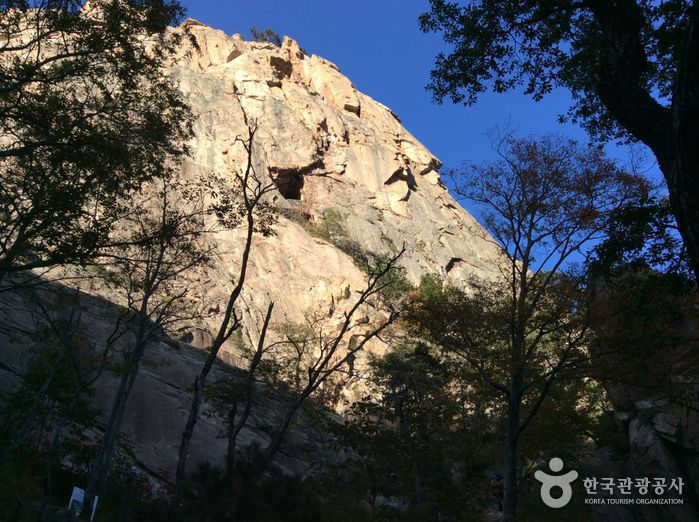

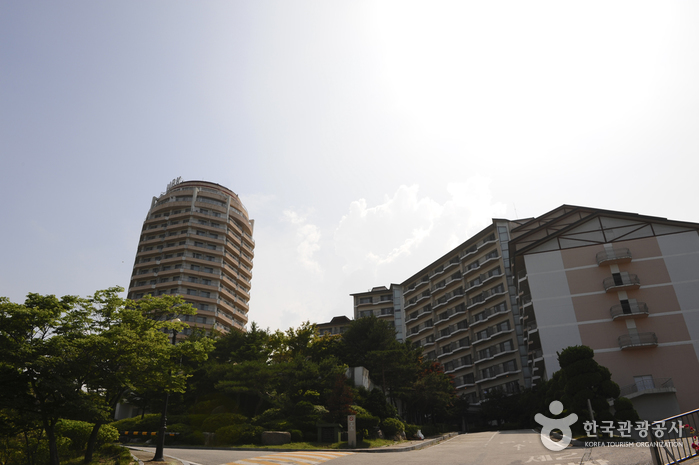
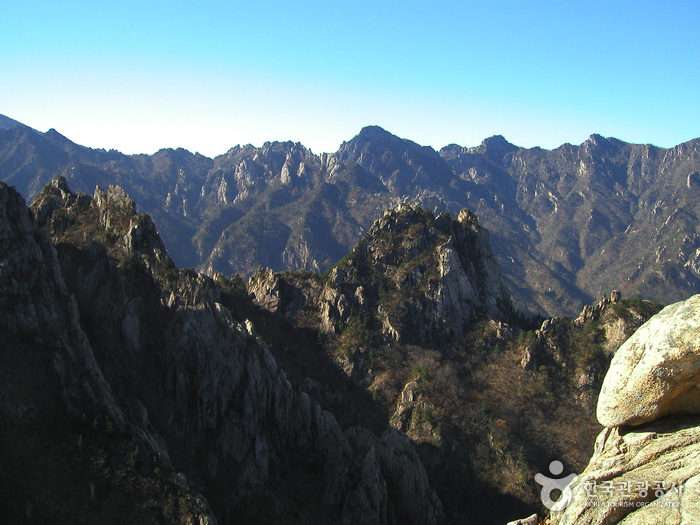
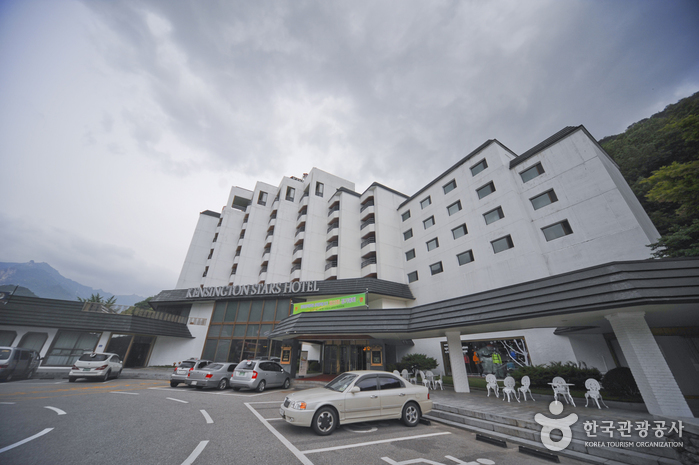
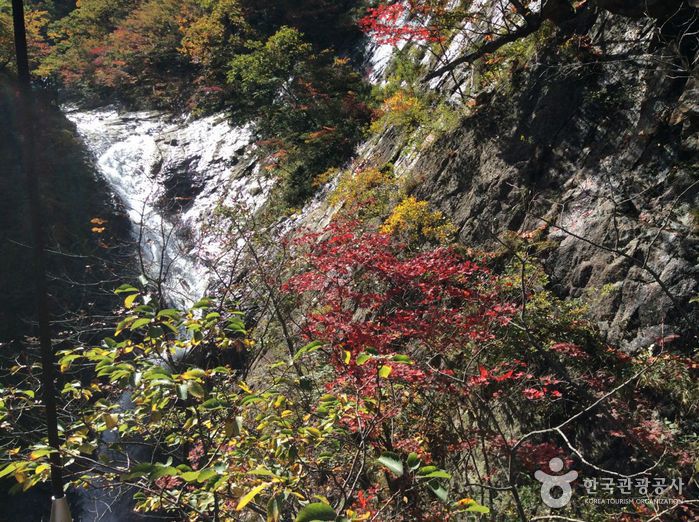
 English
English
 한국어
한국어 日本語
日本語 中文(简体)
中文(简体) Deutsch
Deutsch Français
Français Español
Español Русский
Русский